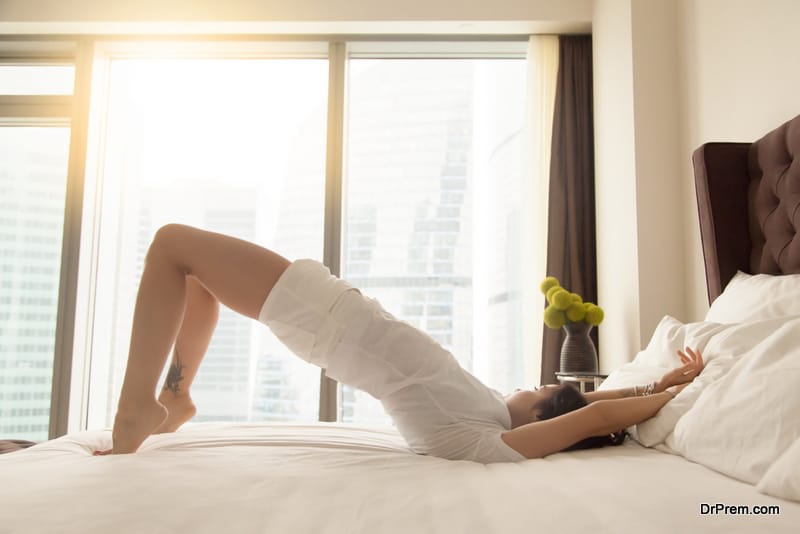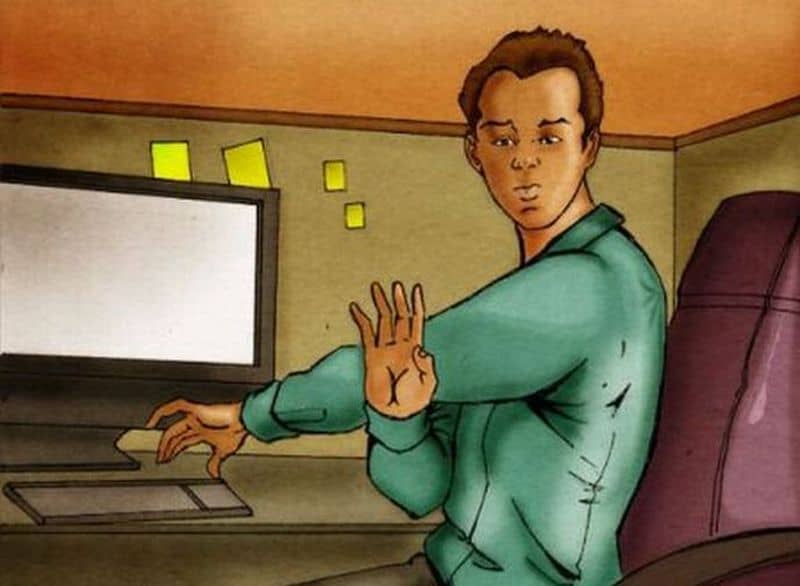Bed-ridden patients need not lie idle. If they do that metabolic functioning will come to stand still and that will aggravate deterioration of an already ailing health. A number of exercises for bed-ridden patients are recommended for speedy recovery of health. Equally important is to keep an eye that the patient doesn’t pick up bed sore or contractures.
Bed-ridden patients are not expected to carry on vigorous workouts. Exercises advised must be effortless not putting too much strain on the infirm. It should address people of all age groups, especially the seniors whose vigor is on the wane. Instructions on workouts for bed-bound elderly should come from certified professionals who would do well to comfort them mentally as well.
7 Effortless exercises for people on bed rest:
Seniors in bed seldom need exercise equipment for their regular workouts. The following effortless exercises will help your loved one improve blood circulation and stimulate muscles so that they can be back on their feet soon.
Hand and finger stretches:
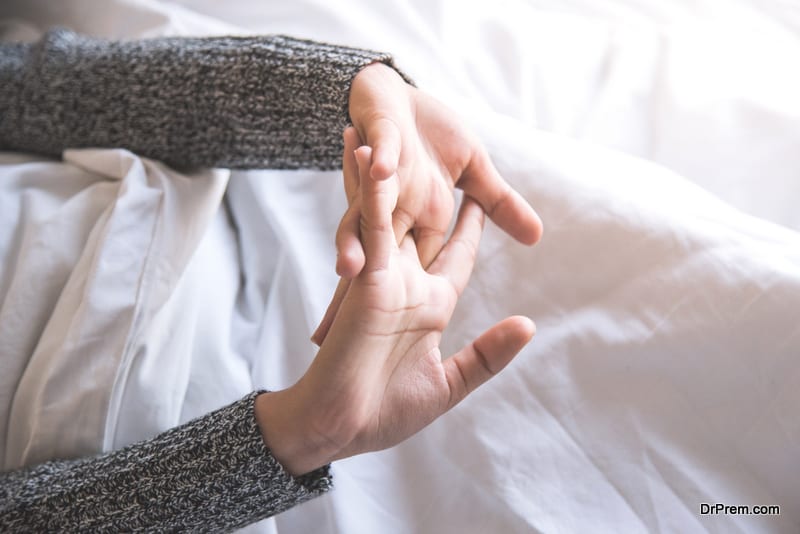
- Bend all the fingers of your hand in a closed fist for a few seconds.
- Open your palm and gently stretch your fingers one by one.
- Make each finger touch your thumb.
- Repeat the steps for few times with both the hands.
You can practice this for a number of times. This will gradually ease out the stiffness of your fingers. If you are too weak to perform this exercise, ask your caregiver or family member to help you.
Arm lifts:
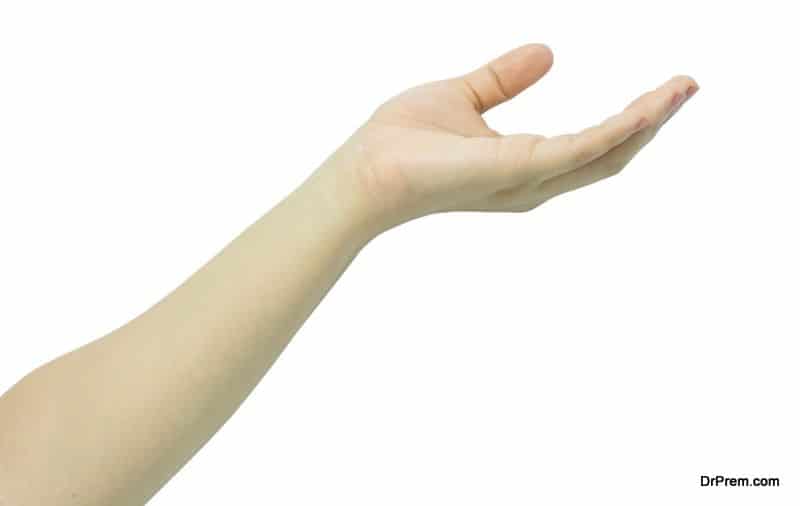
- Start with the dominant hand. Lift your arm as high as possible. If you feel this too difficult, then rest your arm on the backrest of your bed or on pillows and lift the elbow at 90° angle.
- Lift your arm and hold it for 10 seconds. This can be extended to 30 seconds gradually if you do not experience in pain.
- Repeat the same with the other arm.
Leg lifts:

- Keep your legs joined parallel to your bed.
- Slightly lift your left leg keeping it straight.
- Then slowly bring it towards the hip joint and maintain that posture for 10-20 seconds.
- Allow the leg to go back to its original position.
- Repeat the same process with the other leg.
Side Rolls:
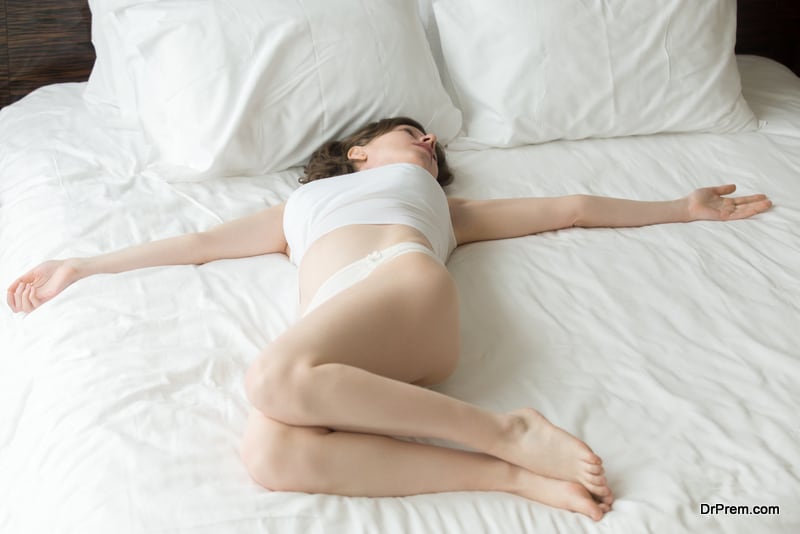
- Remain lied down on your back. Then turn on the right side and maintain the position for about 30 minutes. You can seek help from somebody to place your limbs comfortably.
- Again get back to the original lying position. Maintain it for 20-30 minutes.
- Then turn to your left side. Be in that position for 30 minutes.
- Repeat this process throughout the day. Take care to maintain mobility of the limbs and hips.
Range of motion (ROM) exercises for those with knee flexion contractures:

ROM exercises would include stretching, bending and rotating of knees to facilitate increased blood flow in the knee joints enabling free movement in walking and climbing stairs. These exercises for bed-ridden patients may be active, passive or active assisted.
The active exercises can be done by own without anybody’s assistance, the passive ones do not involve any direct patient participation as it these are done by caregivers or therapists and the active-assisted exercises would require some assistance from others.
- Passive knee rotation: The knee is bent in the manner that the foot of the affected leg rests on the mat or bed and the leg is rolled inward as much as possible. Then it is stretched outward as far as possible.
- Passive exercises on the hip and knee joints: This is one of the common workouts for the bed-bound elderly. A hand is placed under the knee and then it is bent over your chest to the best possible limit. The therapist places the hand from the knee to the upper thigh to make the knee bend as much as possible.
- Passive stretching exercises for bed-ridden patients: The therapist places one hand of the top of the thigh and the other hand below the affected knee. The leg is raised by application of pressure with both hands. The stretch is maintained till you count 25. The stretch is then increased a bit and held till you count 25. This is done for 5-10 minutes several times a day as recommended by the physician.
Simple muscular contractions:
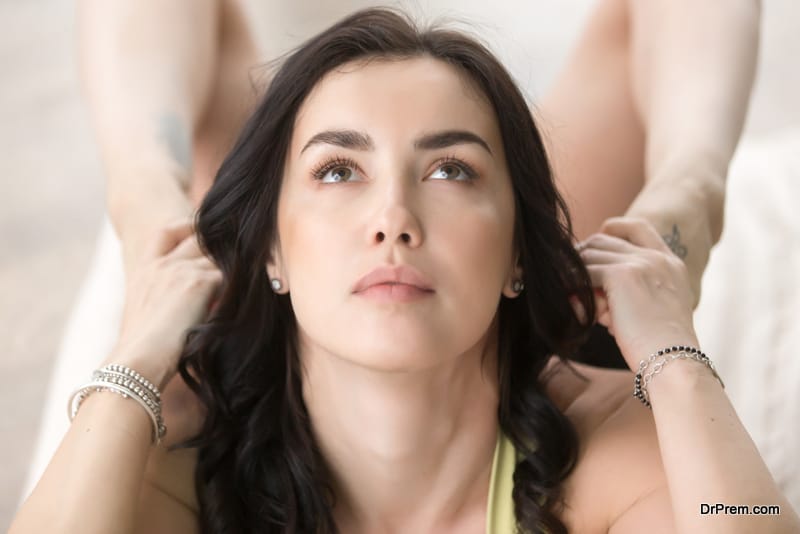
Pelvic tilts:

Extend your tailbone towards the heels and then slightly contract between your legs and pubic bone. Reverse the direction of movement and go back so that you feel your lumbar spine a bit extended. There may be a feeling of tightness in the lumber at the initial stage but do it gently and keep on practicing it.


